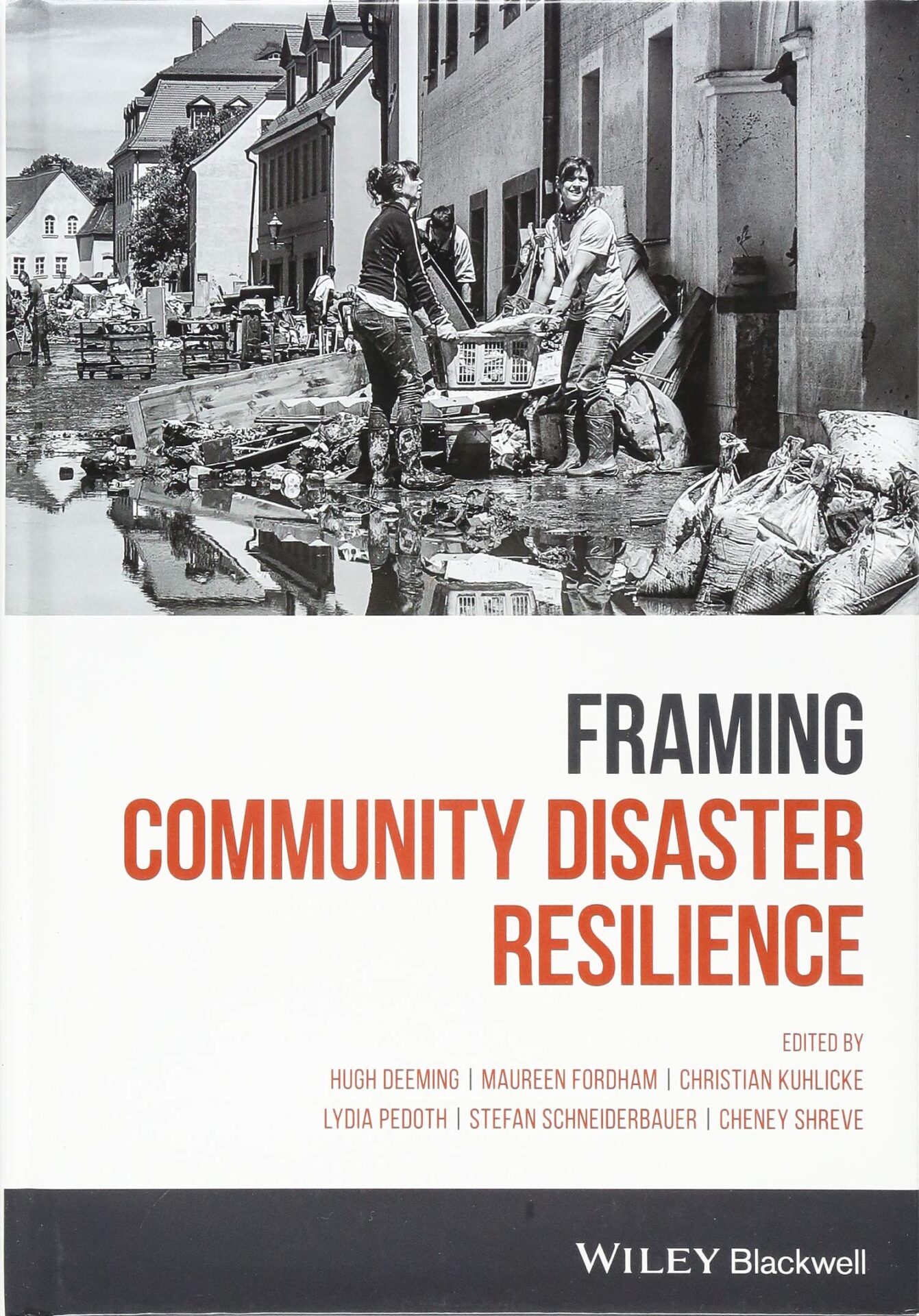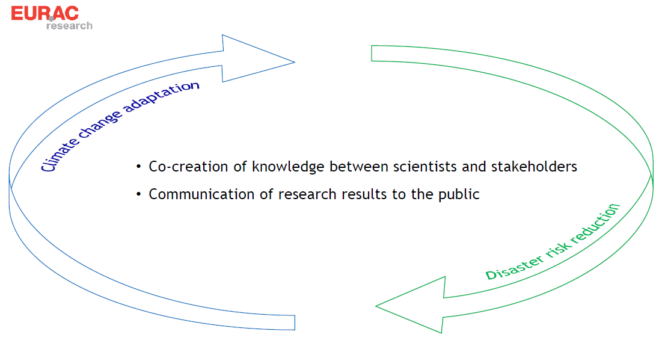Article /
Wicked problems – resilience, adaptation and complexity

Summary
This chapter draws together an overall understanding of the social‐natural‐technical policy frameworks within which the emBRACE: Building Resilience Amongst Communities in Europe project work can be considered. It explains some of the discursive background to the ideas coalesced within the emBRACE framework.
The chapter also explains why deciding upon policy interventions to support community resilience presents us with ‘wicked’ and ‘messy’ problems. Climate change is widely recognised to be putting populations and their livelihood systems at potential risk, leading to resource degradation, disasters, and setting back development.
In terms of responses to risk, climate change adaptation (CCA) interacts strongly with disaster risk reduction (DRR) and disaster risk management (DRM). CCA is an area which has gained the attention of those researching disasters and sustainable development, amongst other fields.
This working paper* shows how community resilience presents us with both a ‘wicked’ and a ‘messy’ problem and argues that ‘clumsy’ policy solutions and interventions are needed.
This working paper is a pre-published version of achapter in Framing Community Disaster Resilience: Resources, Capacities, Learning, and Action (2018)
*Donwload the full text from the right-hand column.
What are wicked problems?
- “wicked problems” : policy problems which are not amenable to simple answers or optimal solutions, often due to conflicting interests
- “messy system” : where every problem interacts with other problems and is therefore part of a set of interrelated problems
- “messy empirical data gathering methods” : methods which integrate stakeholder views to present defragmented, and rich or complex pictures
- “clumsy policy solutions”: a policy approach that recognises that solutions are based on conflicting goals and values and seeks to balance these
Harnessing complexity in risk management
It is well-accepted that in order to foster the good governance of resilience, we need methods where the full complexity of understanding might be harnessed. Within emBRACE we have started creating integrative planning tools that can render planning participatory, coordinated, and integrated across scales. Tools need to be able to help us understand and appreciate complexity, and how to deal with it.
The use of ‘messy’ empirical data gathering methods show how such approaches offer benefits for resilience and adaptation by allowing clarification and discussion across disciplinary and sectoral silos; allowing critical reflection amongst stakeholders; and, helping justify clumsy solutions to wicked problems. In practice, such methods allow stakeholders to create partial mirrors of their systems to be used collaboratively to think better about gaps, problems, and come up with new strategies for adaptive and resilient communities.
Systems approaches for resilience
A brief history of the terms ‘wicked’, ‘mess’, and ‘clumsy’ in the context of policy analysis highlights three challenges for making clumsy solutions to wicked problems in community resilience work, to which we add a fourth: how can we make planning disaster-risk adaptations participative, coordinated, integrated, and continuous?
The SES (social-ecological systems) framework is not as a matter of course applied to disaster risk management; however as the field seeks to locate itself with other policy and practitioner areas the SES approach promises to be even more useful.
Social resilience remains an emergent concept; it shares much with the ideas of ‘simple’ SES but no proper consideration of social resilience can be sufficient if it fails to engage with the context and feedback within the social sphere and across levels of governance.
Community resilience must integrate ‘command-and-control’ measures with more holistic approaches towards planning that are recognized by communities themselves. Thus it required a unified approach – a ‘clumsy’ approach – which does not necessarily mean overly complicated, as shown from one practical and empirical approach depicted in Fig 1

Suggested citation
Forrester, J. , Taylor, R. , Matin, N., Pedoth, L. (2018). Wicked problems – resilience, adaptation and complexity. In Framing Community Disaster Resilience (eds H. Deeming, M. Fordham, C. Kuhlicke, L. Pedoth, S. Schneiderbauer and C. Shreve). doi: 10.1002/9781119166047.ch5
Further readings
- Framing Community Disaster Resilience: Resources, Capacities, Learning, and Action (Overview of book)
- Framing Community Disaster Resilience: Resources, Capacities, Learning, and Action (Link to publisher))
- emBRACE project (Overview)
- Mapping Social Networks (Report)
